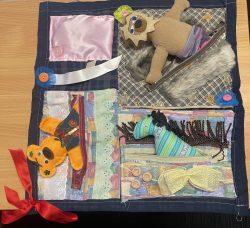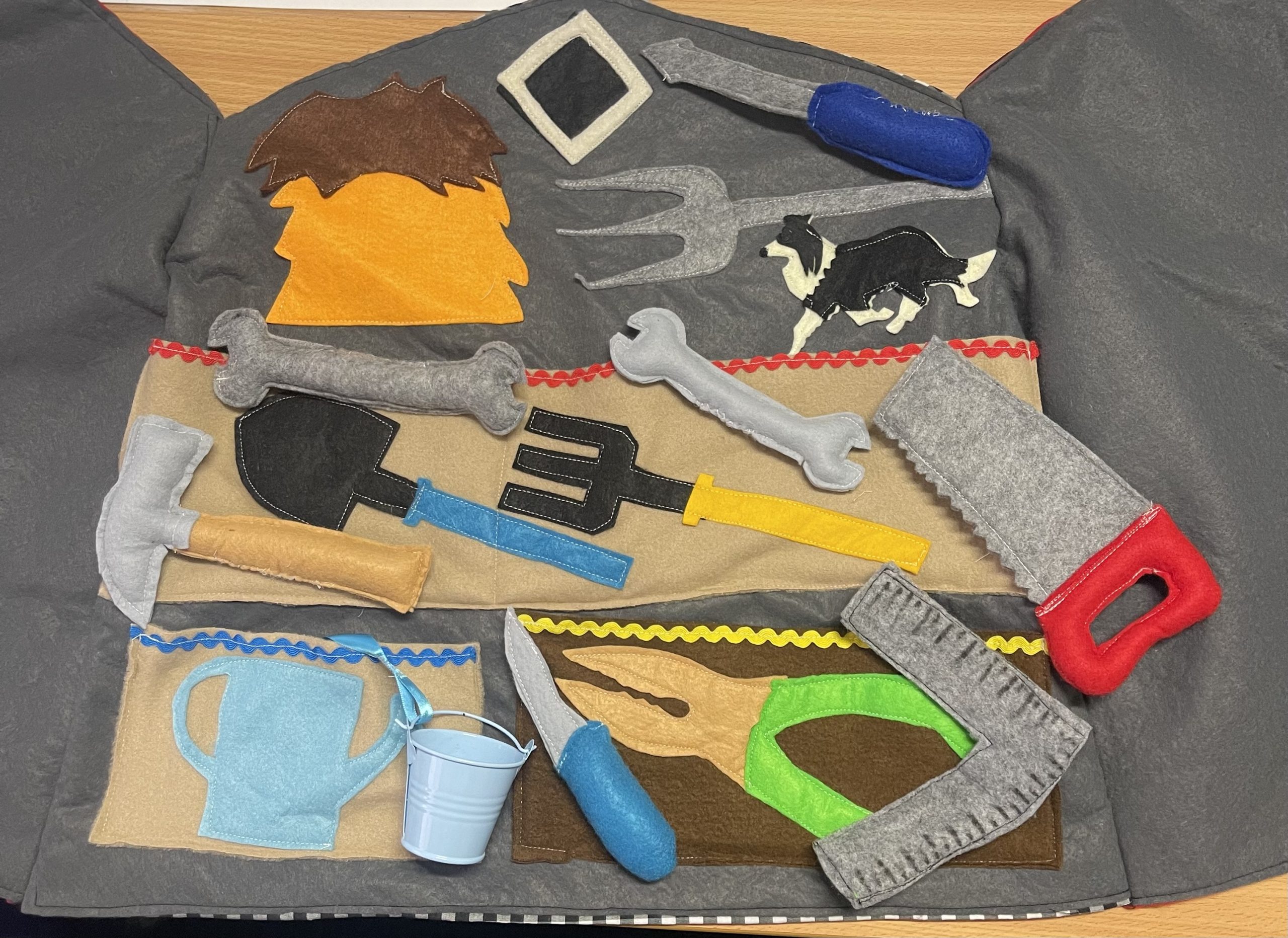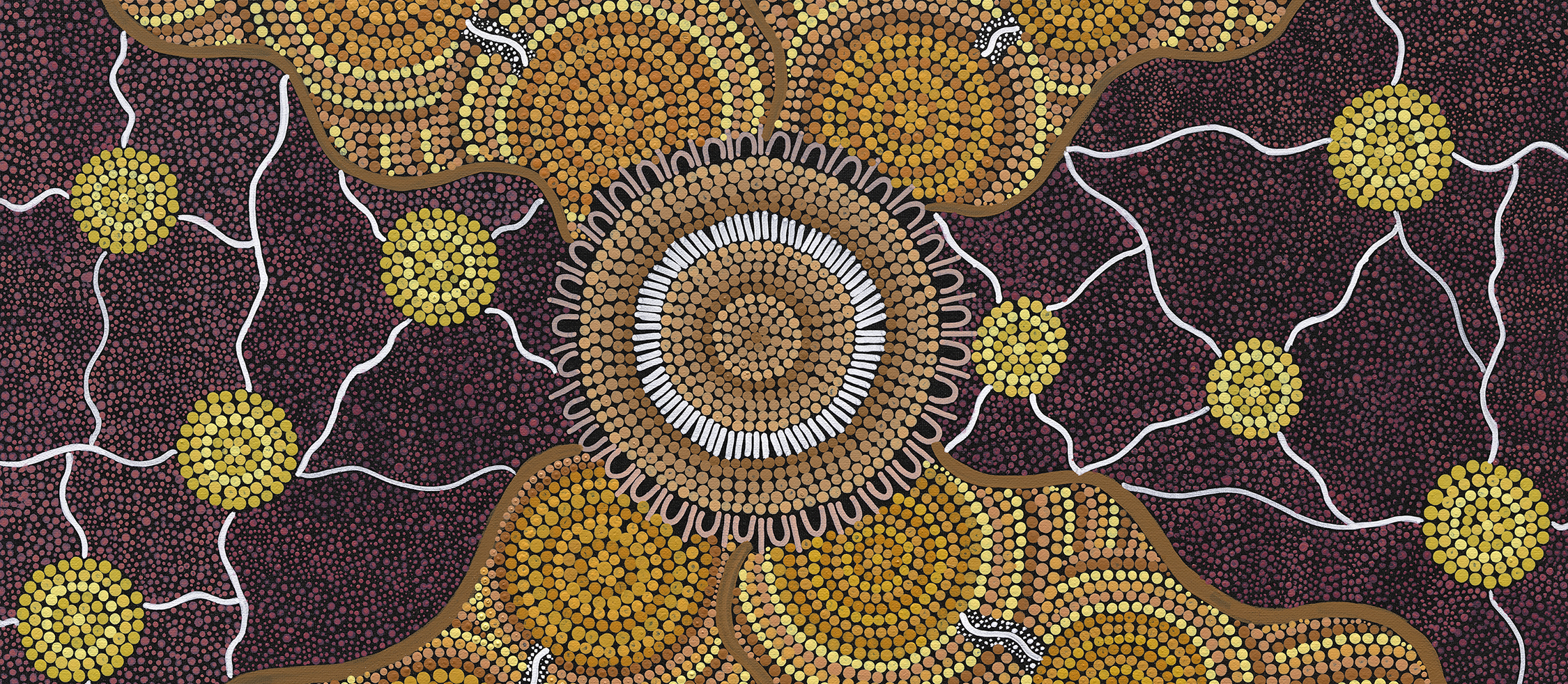Juniper Support Worker Michelle Gilmore was way ahead of the fidget toy craze that has been taking over our kids. Five years ago she started making sensory blankets for Wheatbelt locals living with dementia, offering them an outlet to calm busy hands and provide sensory stimulation.
The sensory blankets are custom-made by Michelle to meet the needs and loves of each individual client. Each blanket is designed to be a soothing and stimulating activity for the client. Pictured below is Community Support worker Tash with client Judith exploring the different types of sensory blankets.
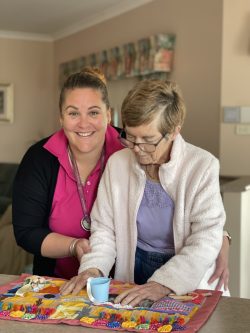
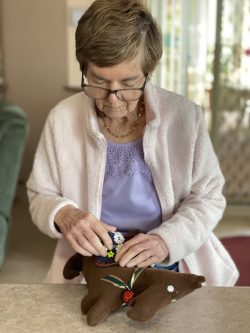
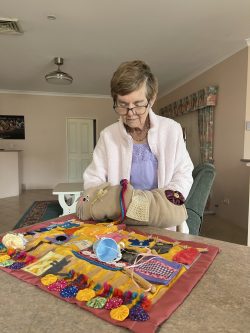
“Many of our Home Care clients living with dementia love the sensory blankets. Some of our clients can become agitated and frustrated if they are unable to remember or carry out tasks they have done, and loved doing, their entire life,” Juniper Wheatbelt Team Leader Lee-Anne Thomas said.
“This is where the sensory blankets can provide an outlet for their frustration, calming them with the familiar and bringing back memories.
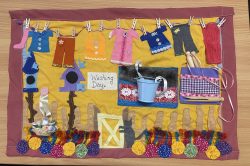
“For example, one of our clients loved to do the laundry. So Michelle custom-made her a blanket with pegs, pockets, a bucket, garden and buttons that gave her busy hands something to do but also sparked memories for her.
“We have another for a client who loves dogs. This particular item is shaped like a dog and the client can put their hands inside to build on her touch senses to find balls, buttons and other textile items such as wool.”
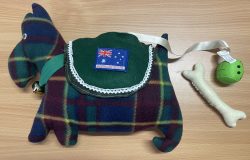
For some people living with Alzheimer’s or dementia, anxiety or agitation is shown in their hands. This can show in fidgeting, pulling at clothes or blankets, wringing their hands, or rubbing hands together.
Sensory, also called fidget blankets, are one of the tools used to help self-soothe.
They also act as a sensory tool, which can improve the wellbeing of those living with dementia.
“Sensory blankets are a useful engagement tool that can prompt special memories, give a sense of purpose and bring joy. This in turn can lead to improved mood and social interaction,” Lee-Anne said.
